Come join us now, and enjoy playing your beloved music and browse through great scores of every level and styles!
Can’t find the songbook you’re looking for? Please, email us at: sheetmusiclibrarypdf@gmail.com We’d like to help you!
Table of Contents
William Grant Still: Three Visions (Suite for piano solo)
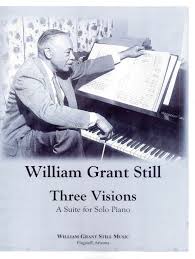
Best Sheet Music download from our Library.
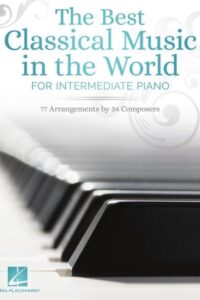
Please, subscribe to our Library.
If you are already a subscriber, please, check our NEW SCORES’ page every month for new sheet music. THANK YOU!
0:00 – Dark Horseman 1:30 – Summerland 6:00 – Radiant pinnacle
Browse in the Library:
Or browse in the categories menus & download the Library Catalog PDF:
William Grant Still
William Grant Still (1895 – 1978) was an American composer, arranger, conductor, and multi-instrumentalist, often called “the Dean of African American composers.” He was the first African American to have a symphony performed by a major orchestra in the United States, the first to conduct a major symphony orchestra, and the first to have an opera produced by a major opera company.

Early Life and Education
- Born on May 11, 1895, in Woodville, Mississippi, and raised in Little Rock, Arkansas.
- His father died when he was an infant, and his mother, a teacher, encouraged his musical interests.
- Studied at Wilberforce University, where he initially pursued medicine but shifted to music.
- Later trained at the Oberlin Conservatory of Music, then studied composition with George Whitefield Chadwick and later with avant-garde composer Edgard Varèse in New York.
Career and Achievements
- Worked as an arranger for popular and jazz bands in New York, including for W. C. Handy and Paul Whiteman.
- Became involved with the Harlem Renaissance, blending African American musical traditions with classical forms.
- His Symphony No. 1 “Afro-American” (1930) was the first symphony by an African American to be performed by a major U.S. orchestra (Rochester Philharmonic, 1931).
- Conducted the Los Angeles Philharmonic at the Hollywood Bowl in 1936, making him the first African American to lead a major orchestra in the U.S.
- His opera Troubled Island (1939, libretto by Langston Hughes and Verna Arvey) was the first by an African American staged by a major company (New York City Opera, 1949).
Musical Style
- Fused classical European traditions with African American idioms: blues, spirituals, jazz, and folk tunes.
- Emphasized lyricism, accessibility, and cultural expression rather than strict modernist abstraction.
- Advocated for a distinctly American classical music rooted in Black cultural traditions.
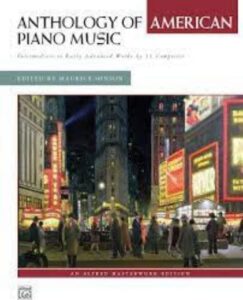
Notable Works
- Symphonies: Afro-American Symphony (No. 1), Song of a New Race (No. 2), The Sunday Symphony (No. 3), Autochthonous Symphony (No. 4), Western Hemisphere Symphony (No. 5).
- Operas: Troubled Island, A Bayou Legend, Highway 1, U.S.A.
- Chamber & Vocal Music: Lyric Quartette, Danzas de Panama, many art songs.
- Also wrote for radio, film, and popular ensembles.
Legacy
- Broke multiple racial barriers in American classical music.
- Opened doors for later generations of African American composers and performers.
- His works are increasingly studied and performed, recognized as cornerstones of 20th-century American music.
- Died in Los Angeles, California, on December 3, 1978.
William Grant Still’s music stands out for celebrating African American heritage within the classical tradition, offering a unique and dignified voice at a time when systemic racism excluded many Black composers from mainstream recognition.
Three Visions (1935) is one of William Grant Still’s most powerful works for solo piano. It is a short suite in three movements, deeply symbolic, written during the Harlem Renaissance period when Still was developing a distinctive African American voice within classical idioms. The suite is often regarded as a spiritual and philosophical statement on the human soul’s journey after death.
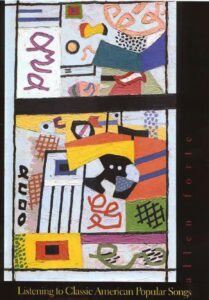
Three Visions (1935) Overview and Musical Analysis
- Title: Three Visions (for solo piano)
- Date: 1935
- Movements:
- Dark Horsemen
- Summerland
- Radiant Pinnacle
- Theme: The cycle represents the progression of the human soul: confrontation with death, passage to spiritual peace, and ultimate ascension.
1. Dark Horsemen
- Character: Turbulent, dissonant, and rhythmically urgent.
- Musical features:
- Rapid ostinati and syncopations drive the texture.
- Dense chords, sharp dynamics, and angular melodies suggest violence and inevitability — the soul’s confrontation with mortality.
- Harmonic language: rooted in tonal centers but heavily chromatic, with influences from early modernism (Still studied with Varèse).
- Strong percussive writing evokes imagery of galloping horses (possibly a reference to the biblical Four Horsemen of the Apocalypse).
Interpretation: This movement symbolizes the struggle and chaos of death, the breaking away of the soul from earthly ties.
2. Summerland
- Character: Gentle, lyrical, and serene — the most frequently performed movement.
- Musical features:
- Lush, hymn-like melody in the middle register, often played with a singing legato.
- Rich Romantic harmonies, influenced by Chopin and Debussy but colored with blues-inflected lines.
- Transparent texture, long sustained chords, and rubato create a meditative atmosphere.
- Tonal stability (often interpreted in D♭ major) provides calmness.
Interpretation: Summerland represents the spiritual paradise the soul reaches after death — peaceful rest and eternal beauty.
This movement is sometimes performed alone as an independent concert piece or even arranged for orchestra.
3. Radiant Pinnacle
- Character: Triumphant, luminous, and ascending.
- Musical features:
- Energetic rhythms, sweeping arpeggios, and brighter harmonies than in the previous movements.
- Builds momentum with a sense of striving upward, often through sequences and rising melodic gestures.
- Tonal clarity, major sonorities, and climactic chords express transcendence.
- Harmonically more consonant than Dark Horsemen, but with modern chromatic coloring.
Interpretation: This final movement depicts the soul’s union with the divine, ascending to its highest state — ultimate illumination.
Stylistic Significance
- Still fuses African American spiritual aesthetics (hymn-like phrasing, blues shadings, and rhythmic vitality) with Romantic piano traditions and 20th-century modernism.
- The three movements form a narrative arc: struggle → peace → transcendence.
- Philosophically, the suite echoes African American religious culture, yet framed in a universal human story of death and renewal.
In short, Three Visions is both a musical poem and a spiritual statement. It demonstrates Still’s ability to merge classical craft with African American cultural expression, creating a deeply humanistic and uplifting work.
Perfect — let’s dive into a harmonic walkthrough of “Summerland” from William Grant Still’s Three Visions. Since this movement is often performed alone and is the most tonal of the suite, it lends itself beautifully to harmonic analysis.
(Note: Exact bar numbers vary depending on the edition, but I’ll give the progression in sections. The piece is most often read in D♭ major.)
“Summerland” — Harmonic Analysis
Opening (mm. 1–4)
- Key: D♭ major
- Chords:
- I (D♭ major) — tonic established gently, hymn-like.
- IV (G♭ major) with added 6th/9th sonorities.
- I again, enriched by suspensions and inner voice motion.
The effect is calm, hymn-like stability. Still avoids strong cadences, instead sustaining a floating atmosphere.
First Phrase (mm. 5–12)
- Melody enters in the middle register, supported by soft chords.
- Progression:
- I → V/vi → vi (B♭ minor) → ii (E♭ minor) → V (A♭ major).
- Resolves back to I (D♭).
This is a classical diatonic motion but with added-color tones (6ths, 9ths), giving a Debussy-like lushness. The move to vi and ii emphasizes a spiritual, tender quality rather than dramatic tension.
Second Phrase (mm. 13–20)
- More chromaticism enters.
- Chords:
- I → ♭VII (C♭ major) → IV (G♭) → ii7 (E♭m7) → V7 (A♭7).
- Resolution: cadences softly back to I.
The use of ♭VII (C♭) is borrowed from folk/blues progressions. It enriches the harmony with a distinctly African American inflection inside an otherwise classical framework.
Climactic Middle Section (mm. 21–32)
- Harmonically more adventurous:
- Alternation between vi (B♭ minor) and IV (G♭ major).
- Sequence through chromatic mediants: I (D♭) → iii (F minor) → V/ii (F7) → ii (E♭ minor).
- Approaches V7 (A♭7) with stronger rhythm and dynamics.
The chromatic mediant shifts (D♭ → Fm → A♭) give the impression of warmth and expansion — the soul ascending in vision.
Return (mm. 33–40)
- Recapitulation of the opening theme.
- Progression largely tonic (I), with embellishments:
- I → IV → ii7 → V7 → I.
- Still decorates the chords with added 9ths and 11ths, keeping the sound lush and modern.
Coda (mm. 41–end)
- Gentle descent, cadencing finally on a pure I (D♭ major).
- Chords sustain with long fermatas, creating timeless stillness.
The coda is essentially a plagal cadence (IV → I), which resonates with the feeling of a hymn or spiritual.
Summary of Harmonic Style in “Summerland”
- Foundation: Firmly tonal, centered in D♭ major.
- Coloration: Use of added 6ths, 9ths, 11ths for lush textures.
- African American inflection:
- Borrowed ♭VII (C♭ major) → I.
- Blues-like coloring of melodic lines (flattened 3rd, 7th inflections).
- Narrative arc: Gentle tonic → chromatic expansion → luminous return.
- Effect: A meditative vision of paradise — serenity, lyricism, timeless rest.
So, harmonically, Summerland balances European Romanticism (Chopin, Debussy) with African American idioms (bluesy modal borrowing, plagal cadences). This is why it feels both “classical” and “soulful.”
| Artist or Composer / Score name | Cover | List of Contents |
|---|---|---|
| Solfejos Op27 Alexis De Garaude (text in Portuguese) |
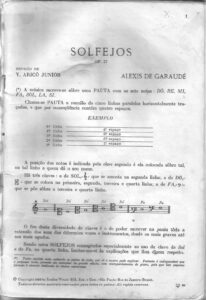 |
|
| Solitude – Chère Louise OST (Georges Delerue) | ||
| Solitude – Mort d’un pourri OST (Philippe Sarde) | ||
| Solitude (Musescore File).mscz | ||
| Someday My Prince Will Come (Yoko Kanno, arr.) Frank ChurchillJazz Piano Solo arr. sheet music |
 |
|
| Someone To Watch Over Me – Gershwin |
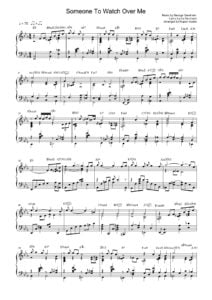 |
|
| Something Corporate – 21 & Invincible | ||
| Something Corporate – Down | ||
| Something Corporate – Hurricane | ||
| Something Corporate – She Paints Me Blue | ||
| Something George Harrison (Fragment) (Musescore File).mscz | ||
| Something In The Water Sheet Music Piano Vocal Guitar by Chris Destefano Carrie Underwood and Brett James |
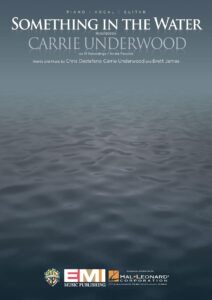 |
|
| Something Rotten (Musical) I Love the Way |
 |
|
| Something Rotten The Broadway Musical Vocal Selections By Karey And Wayne Kirkpatrick |
 |
Something Rotten The Broadway Musical Vocal Selections By Karey And Wayne Kirkpatrick |
| Something Rotten! Keyboard – Conductor Score Wayne Kirkpatrick And Karey Kirkpatrick |
 |
|
| Sometimes when it rains – Half A World Away (Secret Garden) | ||
| Somewhere In Time – John Barry (Musescore File).mscz | ||
| Somewhere In Time Theme John Barry |
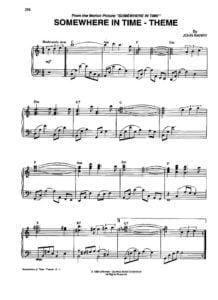 |
somewhere in time theme |
| Somewhere Over The Rainbow (piano vocal with lyrics in English and Français) |
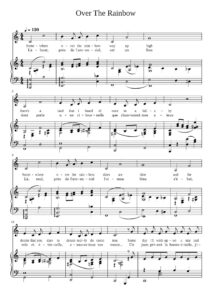 |
|
| Somewhere Over The Rainbow Israel Kamakawio ole.mscz | ||
| Sonata Album for the piano (26 favorite) Haydn, Mozart and Beethoven Book 1 & 2 | Sonata Album for the piano (26 favorite) Haydn, Mozart and Beethoven Book 1 & 2 | |
| Sonata de Elami – Padre Basilio (Guitarra) arr. Carles Trepat | Sonata de Elami – Padre Basilio (Guitarra) arr. Carles Trepat | |
| Sonata No. 15 Op 28 (Musescore File).mscz | ||
| Sonate No. 14 Moonlight 1st Mov. (Musescore File).mscz | ||
| Sondheim – A Little Night Music The Musical (Piano Vocal Score) |
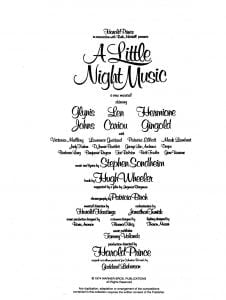 |
Sondheim – A Little Night Music (Vocal Score) |
| Sondheim All Sondheim Vol I Music and lyrics (Musicals) |
 |
All Sondheim Vol I Music and lyrics |
| Sondheim All Sondheim Vol II Music and lyrics (Musicals) |
 |
All Sondheim Vol II Music and lyrics |
| Sondheim All Sondheim Vol III Music and lyrics (Musicals) |
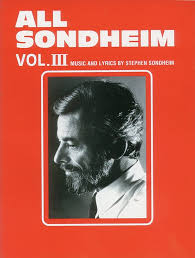 |
All Sondheim Vol III Music and lyrics |
| Sondheim All Sondheim Vol IV Music and lyrics (Musicals) |
 |
All Sondheim Vol IV Music and lyrics |
| Sondheim Company (the Musical) – Stephen Sondheim (Piano Vocal score) Alternate and licensed versions | MTI Licensed | |
| Sondheim For Piano Solo Phillip Keveren Series (Stephen Sondheim) (Musicals) |
 |
Sondheim For Piano Solo Phillip Keveren Series (Stephen Sondheim) |
| Sondheim Into The Woods Edition Songbook – Stephen Sondheim (Piano Vocal) (Musicals) |
 |
Into The Woods Edition Songbook – Stephen Sondheim (Piano Vocal) |
| Sondheim Into The Woods Vocal Selections From The Disney Movie |
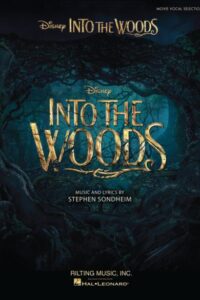 |
Sondheim Into The Woods Vocal Selections From The Disney Movie |
| Sondheim On Music Minor Details Major Decisions By Mark Eden Horowitz (Book) |
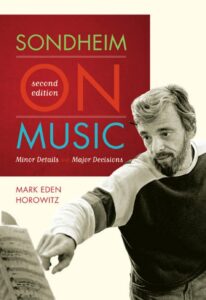 |
|
| Sondheim On Sondheim The Musical Piano Vocal Score |
 |
Sondheim On Sondheim The Musical Piano Vocal Score |
| Sondheim Songs For Easy Piano 15 favorites (Musicals) |
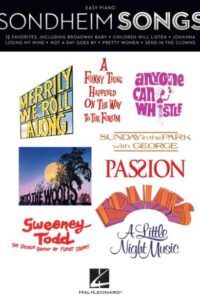 |
Sondheim Songs For Easy Piano 15 favorites |
| Sondheim The Almost Unknown Stephen Sondheim 39 Previously Unpublished Songs From 17 Shows And Films (Musicals) Piano Vocal |
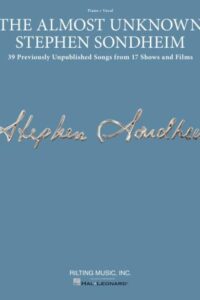 |
Sondheim The Almost Unknown Stephen Sondheim 39 Previously Unpublished Songs From 17 Shows And Films (Musicals) Piano Vocal |
| Sondheim, Stephen – Into The Woods A New Musical (Piano Vocal Score) |
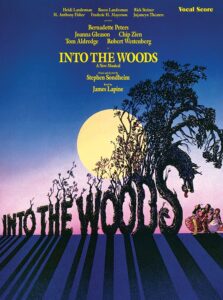 |
Sondheim, Stephen – Into The Woods A New Musical (Piano Vocal Score sheet music) |
| Sondheim, Stephen – Sunday from Sunday in the Park with George (Musicals) | Sondheim, Stephen – Sunday from Sunday in the Park with George | |
| Sondheim, Stephen Follies Piano Conductor Score Book by James Goldman (Musicals) |
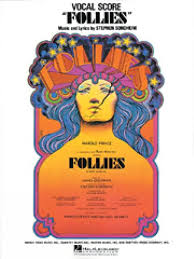 |
Stephem Sondheim Follies Piano Conductor Score |
| Song From A Secret Garden (by Rolf Lovland) | Song From A Secret Garden(by Rolf Lovland) | |
| Songbird (Eva Cassidy) | ||
| Songbook Piano 50 Popular Songs Really Easy Piano Collection Book |
 |
Songbook Piano 50 Popular Songs Really Easy Piano Collection Book |
| Songs From A Star Is Born The Greatest Showman La La Land And More Movie Musicals |
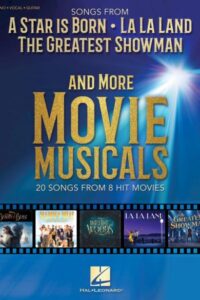 |
Songs From A Star Is Born The Greatest Showman La La Land And More Movie Musicals |
| Songs From Around The World Easy Sheet Music |
 |
|
| Songs Of The 80’s Songbook |
 |
Songs Of The 80s Songbook |
| Songs Of The 80s The Most Requested Songs Of The 80s Piano Vocal Guitar |
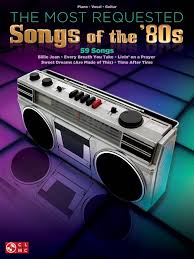 |
Songs Of The 80s The Most Requested Songs Of The 80s Piano Vocal Guitar |
| Songs Of The 90s The Most Requested Songs Of The 90s Piano Vocal Guitar |
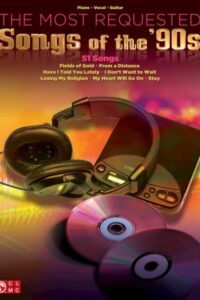 |
Songs Of The 90s The Most Requested Songs Of The 90s Piano Vocal Guitar |
| Songs Of The Eighties – More (The Decade Series) |
 |
Songs Of The Eighties – More (The Decade Series) |
| Songs The World Sings Piano Vocal Guitar |
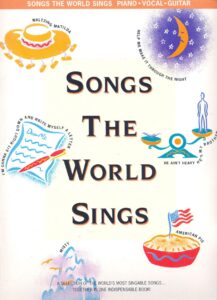 |
Songs The World Sings Piano Vocal Guitar |
| SONGS THE WORLD SINGS – Songbook |
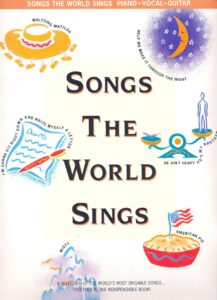 |
SONGS THE WORLD SINGS – Songbook |
| Songs With A Classical Touch 40 selections of piano solo |
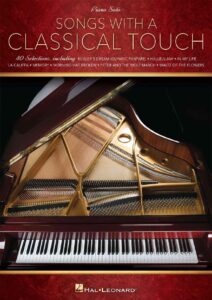 |
Songs With A Classical Touch 40 selections of piano solo |
| Songwriting And The Guitar Book The complete guide (eBook) |
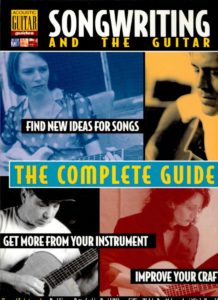 |
Songwriting And The Guitar Book The complete guide (eBook) |
| Songwriting For Dummies 2nd Ed. |
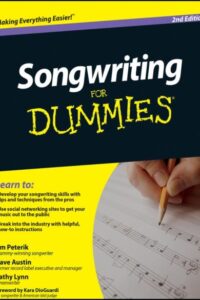 |
|
| Sonic – Angel Island_Easy |
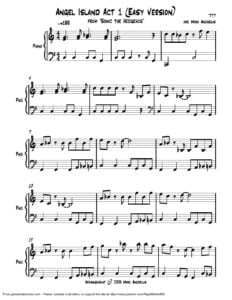 |
|
| Sonic Adventure – Lost World (Tricky Maze) |
 |
|
| Sonic Adventure – Theme of Tikal | Sonic Adventure – Theme of Tikal | |
| Sonic and the Secret Rings – Miss You | Sonic and the Secret Rings – Miss You | |
| Sonic CD – Sonic Boom_Easy |
 |
|
| Sonny Clark – Softly, As In A Morning Sunrise |
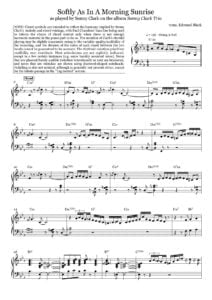 |
|
| Sonny Clark Solos |
 |
Sonny Clark Solos |
| Sonny Rollin’s Moritat Mack The Knife (Solo) |
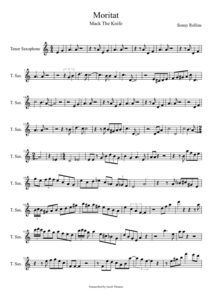 |
|
| Sonny Rollins – Airegin |
 |
|
| Sonny Rollins Improvised Saxophone Solos |
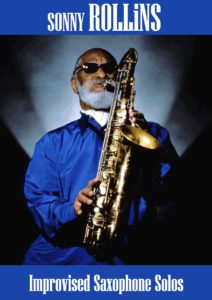 |
Sonny Rollins Improvised Saxophone Solos |
| Sonny Rollins Jazz Masters Solo Transcription With Analysis (by Charlie Gerard) |
 |
Sonny Rollins |
| Sonny Rollins Moritat Saxophone Solo (Kurt Weill) (Musescore file).mscz | Musescore File | |
| Sonny Rollins Omnibook For C Instruments 2019 |
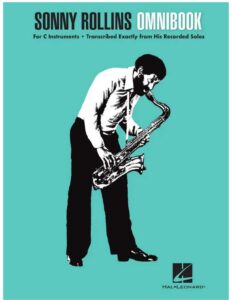 |
Sonny Rollins Omnibook For C Instruments 2019 |
| Sonny Rollins Open Sky Sonny Rollins And His World Of Improvisation |
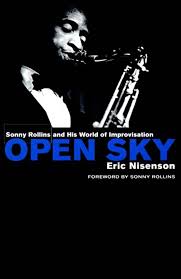 |
|
| Sonny Rollins Saxophone Colossus The Life And Music Of Sonny Rollins |
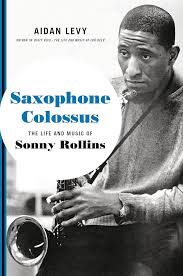 |
|
| Sonny Rollins St Thomas Solo Transcription |
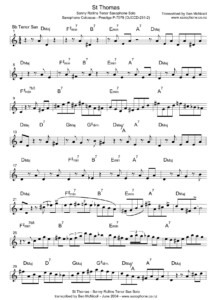 |
|
| Sonny Rollins Tunes Vol. 8 sheet music |
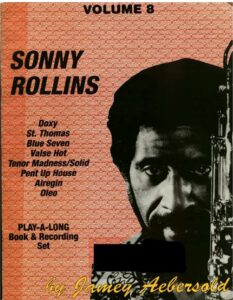 |
|
| Sonny Stitt Just Friends Eb transcription |
 |
|
| Sonny Stitt solo Transcriptions Book 2 (Charles McNeal) |
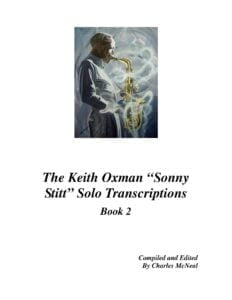 |
Sonny Stitt solo Transcriptions Book 2 (Charles McNeal) |
| Sono come tu mi vuoi (Mina) | ||
| Sophie Hutchings – Grace |
 |
|
| Sophie Hutchings By Night sheet music | Sophie Hutchings By Night sheet music | |
| Sor Fernando – 24 Études Op. 35 (Guitarra) (Musescore File).mscz | ||
| Sor Complete Sor Studies for classical guitar compiled by David Grimes (Mel Bay) |
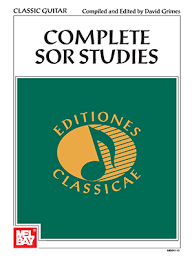 |
Sor Complete Sor Studies for classical guitar compiled by David Grimes (Mel Bay) |
| Sor Segovia Etudes With Tabs Classical Guitar With Tabs And Notation |
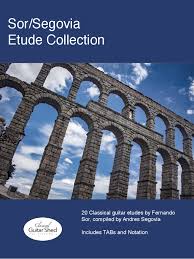 |
Sor Segovia Etudes With Tabs Classical Guitar With Tabs And Notation |
| Sor, Fernando Introduction À L’étude De La Guitare, Op.60 Tab |
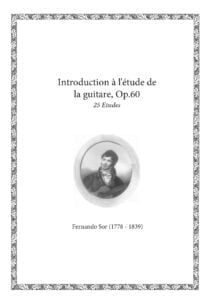 |
|
| Sorabji Pastiche On Chopin Op 64 1 |
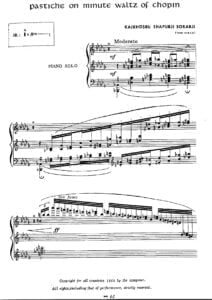 |
|
| Sorabji Piano Sonata No. 2 |
 |
|
| Sorabji – Désir Éperdu |
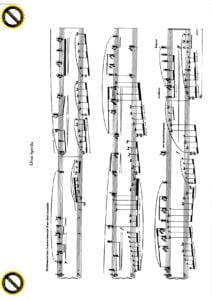 |
|
| Sorabji – 4 Frammenti Aforistici |
 |
|
| Sorabji – Djami |
 |
|
| Sorabji – Etude 01 |
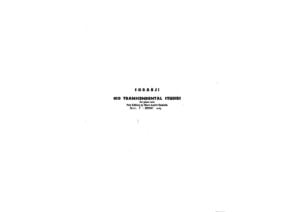 |
|
| Sorabji – Grieg La morte d’Ase Variazione maliziosa | Sorabji – Toccatinetta 1st page | |
| Sorabji – Toccatinetta |
 |
|
| Sorabji 2 Pieces (In the Hothouse + Toccata) |
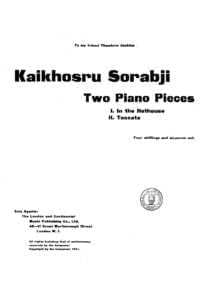 |
|
| Sorabji Fantasie Espagnole 1919 |
 |
|
| Sorabji Piano sonata no 1 |
 |
|
| Sorabji Salome |
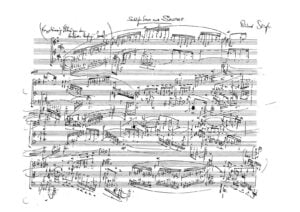 |
|
| Sorabji- Etude 17 |
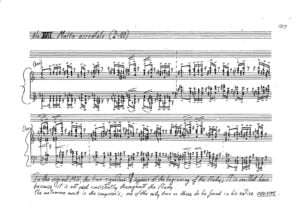 |
|
| Soren Bebe Adagio (piano solo) from Music for Ballet and Contemporary Classes |
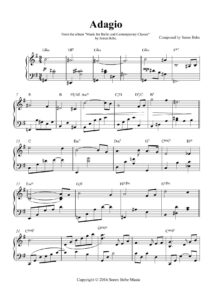 |
|
| Soren Bebe Plié 1 (piano solo) from Music for Ballet and Contemporary Classes |
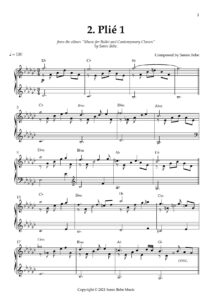 |
|
| Soren Bebe Warm Up from Ballet Vol 4 (Complete 27 tracks) | Soren Bebe Warm Up from Ballet Vol 4 | |
| Sorry seems to be the hardest word (Elton John) | ||
| Sostiene Pereira (4 mani) | ||
| Sostiene Pereira (Ennio Morricone) | ||
| SOUL – Classic Soul Music |
 |
SOUL |
| Soul (Disney Pixar Movie) Epiphany Easy Piano Vocal Guitar Chords Sheet Music |
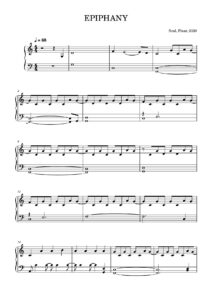 |
|
| Soul (Disney Pixar Movie) It’s All Right Piano Vocal Guitar Chords Sheet Music |
 |
|
| Soul Blues Stride Swing Piano transcribed solos |
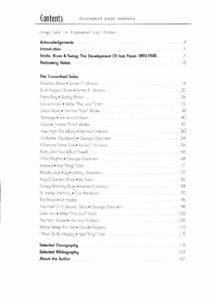 |
SOULD BLES STRIDE |
| Soul Food Songbook from the OST Piano Vocal Guitar |
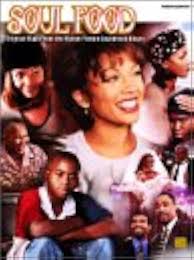 |
Soul Food Songbook from the OST Piano Vocal Guitar |
| Soul Guitar Bible (33 great songs) Guitar with TABs |
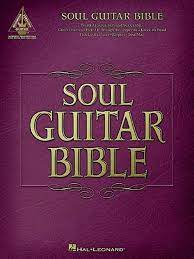 |
Soul Guitar Bible (33 great songs) Guitar with TABs |
| Soul Hits Songbook 87 soul standards |
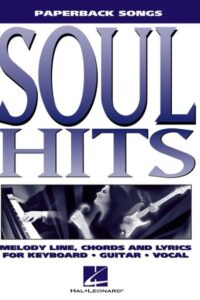 |
Soul Hits Songbook 87 soul standards Soul Hits Songbook 87 soul standards |
| Soul Jazz – Jazz Piano Solos Series Vol. 11 |
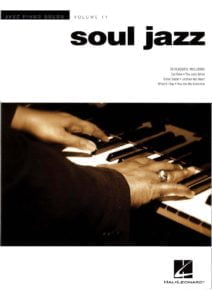 |
Soul Jazz |
| Sound Of Music – Sixteen Going On Seventeen | ||
| Sound Of Music – The Sound Of Music | ||
| Soundgarden Guitar Anthology |
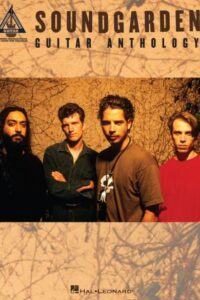 |
Soundgarden Guitar Anthology |
| Sous le Sable – shorter version (Philippe Rombi) | ||
| Sous le Sable (Philippe Rombi) | ||
| Sousa Horowitz Stars And Stripes Forever |
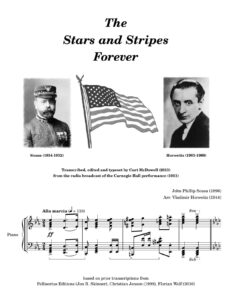 |
|
| South Pacific Vocal Selections Revised Edition Music by Rodgers and Hammerstein II |
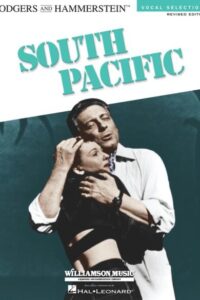 |
South Pacific Vocal Selections Revised Edition Music by Rodgers and Hammerstein II |
| South Park – Bigger Longer Uncut Piano Vocal Guitar Music from the Movie |
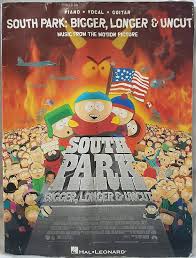 |
South Park – Bigger Longer Uncut Piano Vocal Guitar Music from the Movie |
| Southern Rock Guitar Bible with Tablature |
 |
Southern Rock Guitar Bible |
| Soweto Kinch – Never Ending |
 |
|
| Space Harrier Theme Sega Video Game Sheet Music Piano |
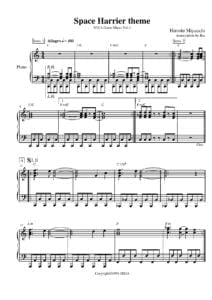 |
|
| Spaces I Jazz ClassIcs |
 |
Spaces I Jazz ClassIcs |
| Spaces II Contemporary Funk Jazz |
 |
Spaces II Contemporary Funk Jazz |
| Spaces III Jazz Mixed Bag |
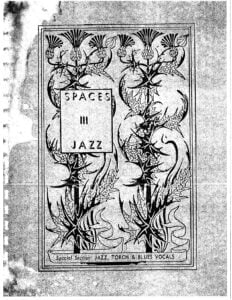 |
Spaces III Jazz Mixed Bag |
| Spaces IV CompendIum Of Jazz Tastes |
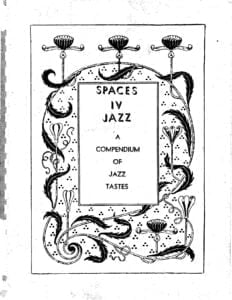 |
Spaces IV CompendIum Of Jazz Tastes |
| Spaces V Bebop Jazz |
 |
Spaces V Bebop Jazz |
| Spaces VI Jazz Solos |
 |
Spaces VI Jazz Solos |
| Spain (For Piano Solo) – Chick Corea (Musescore File).mscz | ||
| Spandau Ballet The Best Of Spandau Ballet Songbook |
 |
 |
| Spanish And Italian Folk Songs 1887 | Spanish And Italian Folk Songs 1887 | |
| Spanish Piano Music 24 Works |
 |
|
| Spartacus (Alex North – Khachaturian) love theme Bill Evans (Guitar with Tablature) | Spartacus Love theme | |
| Spartacus (Khachaturian) – Love Theme (Musescore File).mscz | ||
| Speed Guitar – German Schauss |
 |
Speed Guitar – German Schauss |
| Speed Mechanics For Lead Guitar with Tablature Book + MP3 Audio Play Along (embedded) b Troy Stetina |
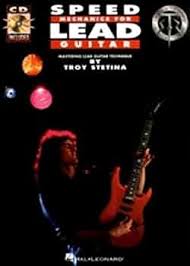 |
|
| Spencer Williams – Basin Street Blues Guitar Solo |
 |
|
| Spice Girls Greatest Hits |
 |
Spice Girls Greatest Hits |
| Spider-Man Costume Montage Danny Elfman |
 |
|
| Spider-Man Main theme Danny Elfman |
 |
|
| Spider-Man 2 Hans Zimmer You’re My Boy |
 |
|
| Spider-Man Into the Spider-Verse Sunflower by Austin Richard Post |
 |
|
| Spider-Man James Horner The Amazing Rooftop Kiss |
 |
|
| Spider-Man Theme From (Full Score) |
 |
|
| Spiderman – Costume Montage – Danny Elfman | ||
| Spiderman – Main theme – Danny Elfman |
 |
|
| Spiderman – Maintheme – Danny Elfman | ||
| Spiegel Im Spiegel (Violoncello And Piano) Arvo Pärt (Musescore File).mscz | ||
| Spirit In The Sky Norman Greenbaum (Piano Vocal Guitar) | Spirit In The Sky Norman Greenbaum (Piano Vocal Guitar) | |
| Spirited Away – Joe Hisaishi |
 |
Hisaishi Spirited Away |
| Spring Awakening A New Musical Piano Vocal Selections by Duncan Sheik and Steven Sater |
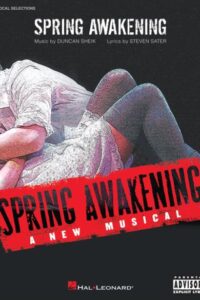 |
Spring Awakening A New Musical Vocal Selections |
| Spring is here (jazz lead sheet play along) | Spring is here | Audio MP3 included in Aebersold’s Vol. 34 |
| Spring Time Ballet – Bilitis OST (Francis Lai) | ||
| Stacey Kent – The Best of Piano Vocal guitar Chords |
 |
Stacey Kent – The Best of Piano Vocal guitar Chords |

